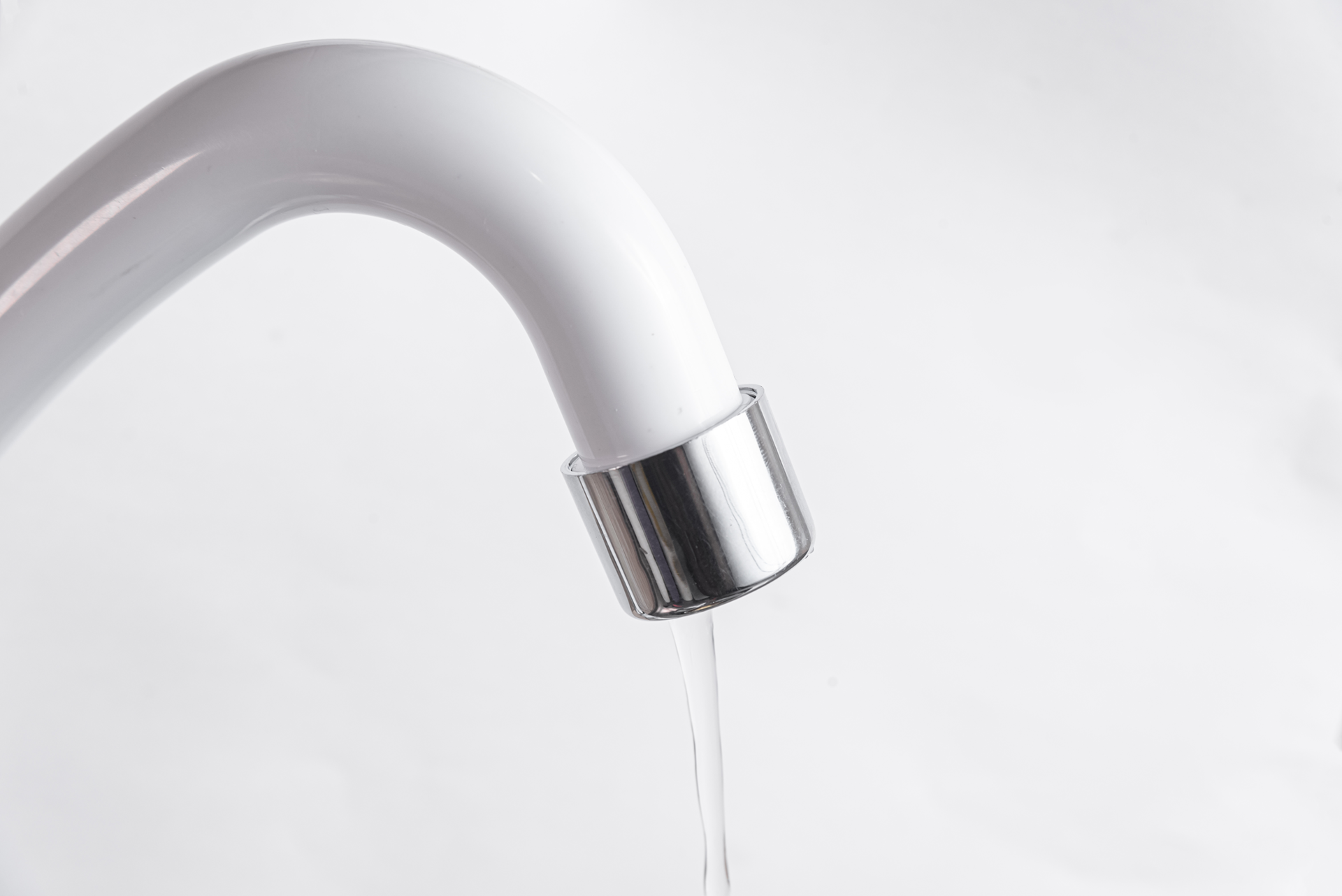
Low water pressure can be a major inconvenience, making it difficult to shower, wash dishes, or even water your lawn. If you’re experiencing low water pressure in your home, it’s important to understand the common causes so you can address the issue and restore your water pressure to normal levels.
One of the most common causes of low water pressure in a home is clogged pipes or faucets. Over time, mineral deposits and other debris can build up in pipes and faucets, restricting the flow of water. This can lead to reduced water pressure throughout the home. To address this issue, you may need to clean or replace the affected pipes or faucets. A plumber can help you identify the source of the problem and recommend the best solution.
Another common cause of low water pressure in a home is water leaks. Leaks can occur in pipes, faucets, and other plumbing fixtures, and can lead to a significant loss of water pressure. If you suspect a leak, it’s important to address it as soon as possible to prevent you from being victims of damage and water waste. Not fixing a leak could lead to a nightmare horror story situation. A plumber can help you locate and repair any leaks in your home’s plumbing system.
A faulty pressure regulator can also cause low water pressure in your home. This device is responsible for regulating the water pressure that enters your home from the main water line. If the pressure regulator is not functioning properly, it can cause a decrease in water pressure throughout your home. A plumber can inspect and replace the pressure regulator if necessary to restore proper water pressure.
Over time, minerals like calcium and magnesium can build up inside your pipes, causing a decrease in water pressure. This is especially common in areas with hard water, which contains high levels of minerals. The buildup can restrict the flow of water and cause blockages in the pipes. A plumber can use specialized tools to remove the buildup and restore proper water pressure. Installing a water softener can also help prevent mineral buildup in the future.
Sometimes low water pressure is caused by issues with the municipal water supply. This can include things like water main breaks, maintenance work, or high demand during peak usage times. If you suspect that the issue is with the municipal water supply, contact your local water authority to report the problem and find out when it will be resolved. In some cases, you may need to wait for the issue to be fixed before your water pressure returns to normal.
Showerheads, faucets, and other fixtures can become clogged or damaged, leading to a decrease in water pressure.
A break in the water main that supplies your home can lead to low water pressure.
When many people in your area are using water at the same time, the demand for water can exceed the supply, causing low water pressure.
If the pipes in your home are too small or too large, this can cause low water pressure.